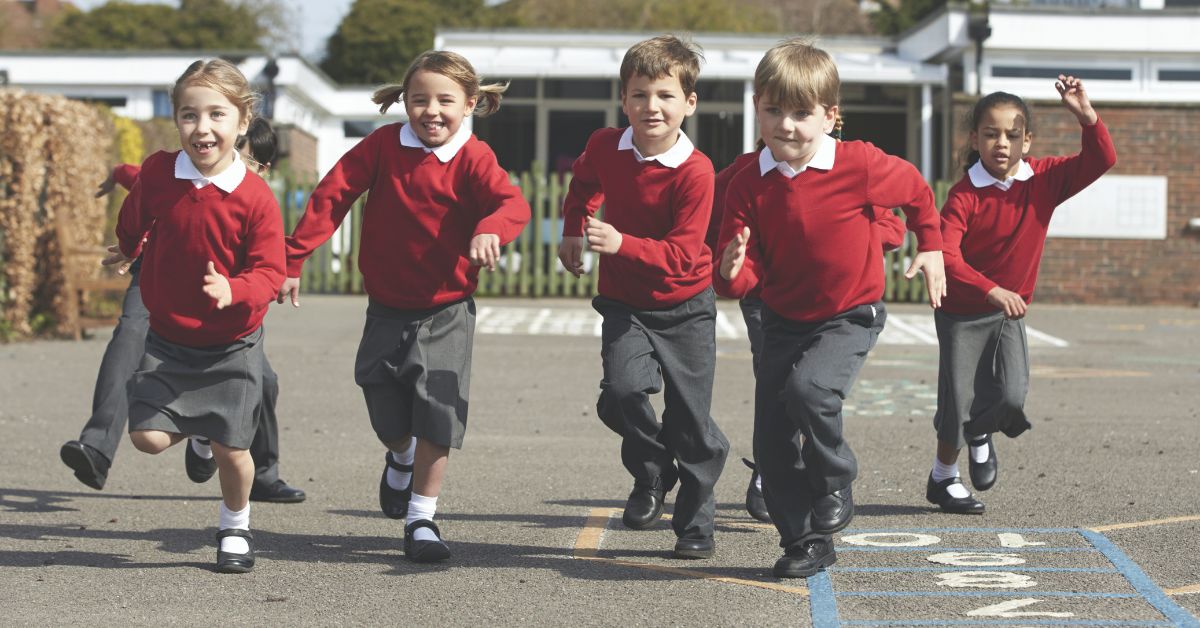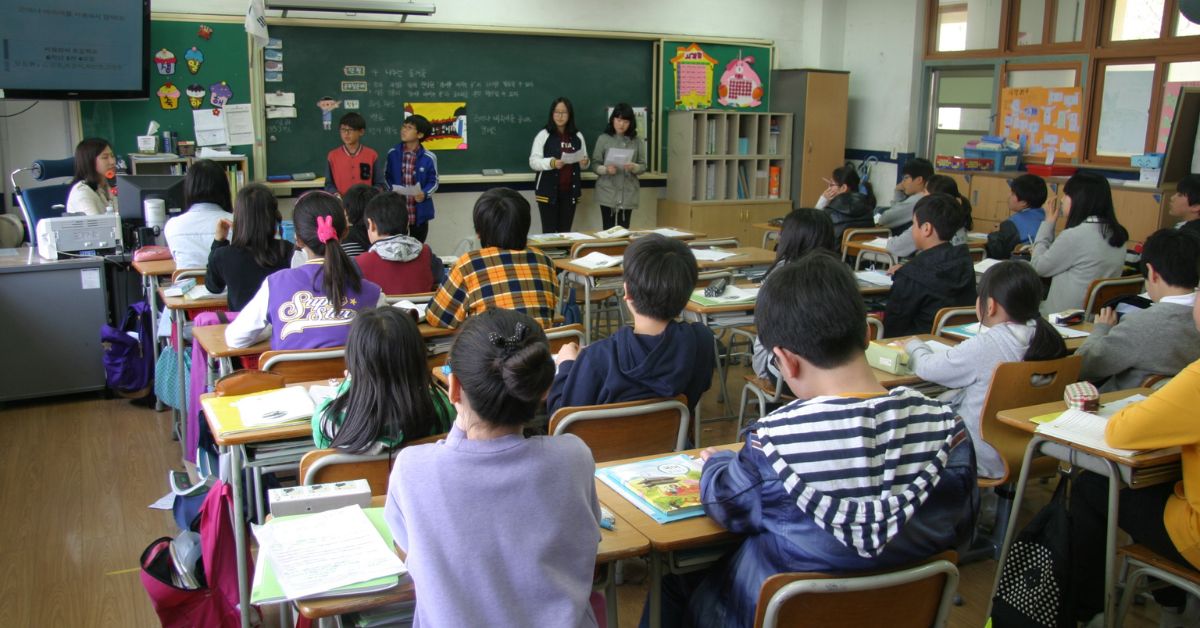In today’s fast-changing world, students need more than just textbooks and exams to succeed. They need real-life skills, critical thinking, and the ability to solve problems. Vermont schools understand this need and are changing how they teach. From climate change to new job skills, Vermont is helping students become ready for the future.
Let’s look at how Vermont is training its young people to grow into smart, responsible, and skilled adults.
Teaching Life Skills, Not Just Subjects
Instead of only focusing on traditional subjects like math and science, Vermont schools are teaching important life skills. These include:
- Problem-solving
- Teamwork
- Communication
- Making good decisions
These skills help students face real-world challenges with confidence. Schools are adding more projects and hands-on activities so that learning is fun and useful.
Preparing for Jobs That Don’t Exist Yet
Technology is moving fast. Many jobs in the future don’t even exist today. That’s why Vermont schools are focusing on flexible learning. This means teaching students how to learn and adjust as things change.
They are also offering classes in:
- Coding
- Robotics
- Business and entrepreneurship
- Agriculture and green energy
By learning these skills early, students can explore different career paths and stay ready for future opportunities.
Focusing on Climate and Sustainability
Vermont is a state that deeply cares about the environment. That’s why schools are making climate education a top priority. Students learn about:
- Climate change and its effects
- Renewable energy
- How to reduce pollution
- Local wildlife and farming
Many schools even have outdoor classrooms, school gardens, and recycling programs. This hands-on experience helps students understand why taking care of the Earth is so important.
Personalized Learning for Every Student
Every student is different, and Vermont schools know that. They are using a method called personalized learning. This means:
- Students get to set their own learning goals
- Teachers guide them based on their interests and strengths
- There is less pressure from tests and more focus on real progress
With this method, students feel more connected and excited about their education.
Learning Through Community Projects
Many Vermont schools are working with local communities to help students learn in real-life settings. For example:
- Some students help run food banks
- Others assist with local farms
- Some help make podcasts or create websites for local businesses
These experiences help students understand the value of giving back and working as part of a team.
Using Technology the Smart Way
Instead of banning phones or computers, Vermont schools are teaching students how to use technology wisely. They focus on:
- Digital safety
- Fact-checking news
- Using the internet for learning
- Staying healthy while using screens
This way, students can enjoy the benefits of technology without falling into unhealthy habits.
Supporting Mental Health and Well-being
A happy student learns better. Vermont schools are also paying close attention to mental health. They offer:
- Counseling services
- Mindfulness and yoga sessions
- Safe spaces to talk about feelings
- Less pressure and more understanding
Students feel more relaxed, focused, and ready to learn.
Building Leaders for the Future
Through all these changes, the goal of Vermont schools is simple: to build strong, thoughtful, and skilled future leaders. By offering a balanced mix of academic, personal, and career-focused learning, they are making sure no child is left behind.
Conclusion
Vermont schools are doing a great job of preparing students for a world that’s always changing. By teaching real-world skills, focusing on mental health, using smart technology, and caring for the environment, they’re helping young people become strong, successful, and kind adults.
If you’re wondering how education should look in the 21st century, just take a look at Vermont.








